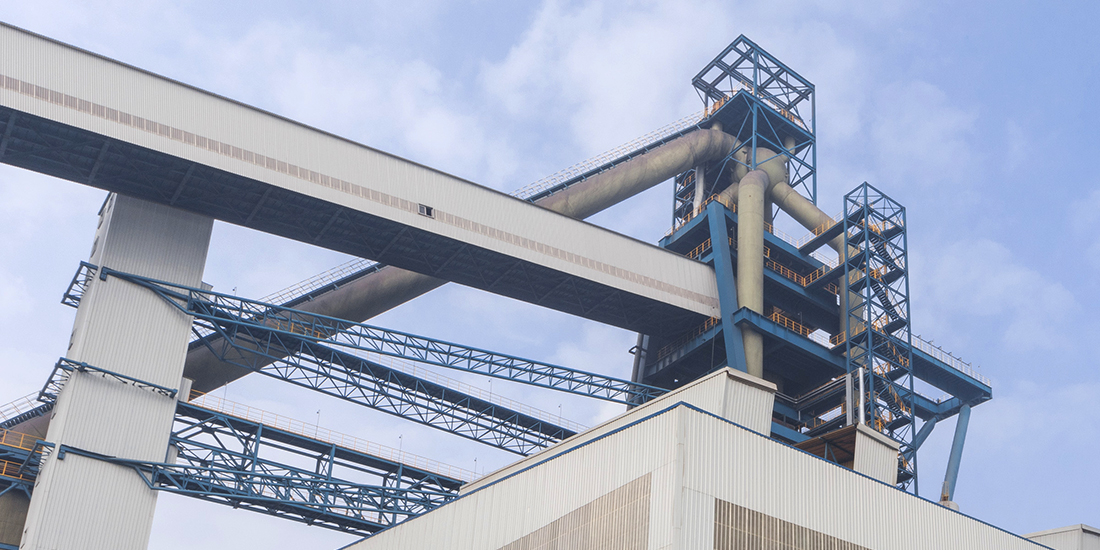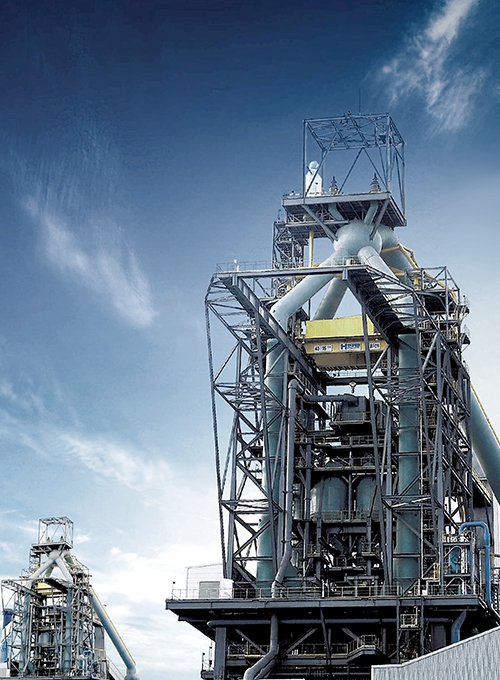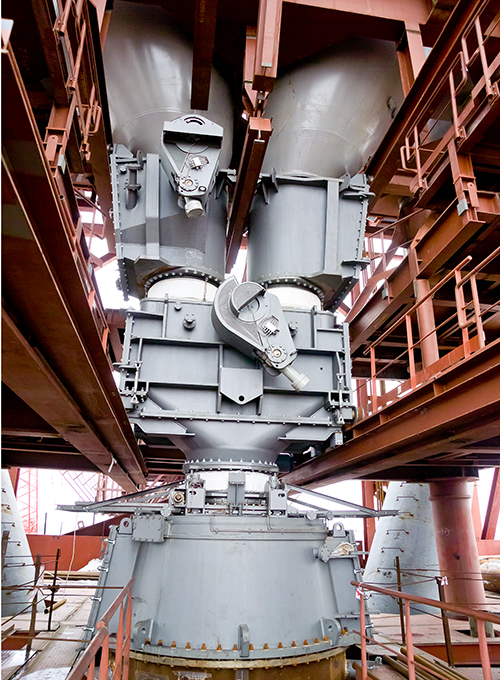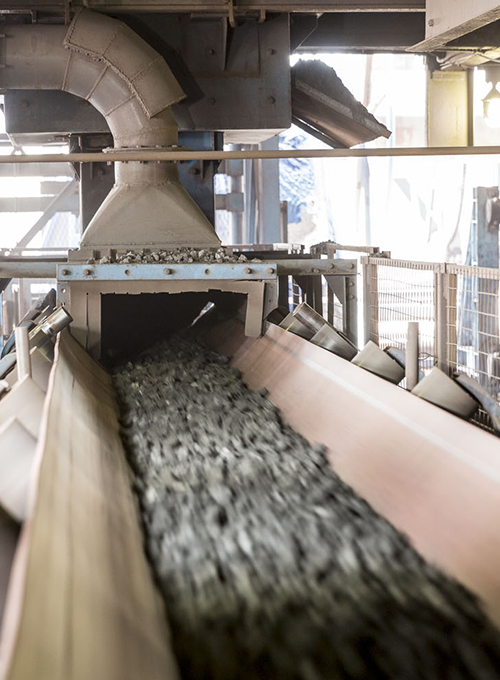- Home
- About
- Technology
- Blast Furnace Ironmaking
Solutions / Competences
- Direct Reduction
- Cokemaking
Solutions / Competences- Residue treatment
- Intralogistics
- Services
- Shaping the future
- Supply chain
- Worldwide
- News & Events
-
Blast Furnace Ironmaking
Top Charging

Paul Wurth has revolutionized blast furnace top charging. A modern Bell Less Top® is a process-driven technological tool for controlling the blast furnace “from top” and which is complemented by process know-how and mathematical modelling. With more than 800 systems delivered to customers worldwide, original and licensed BLT® technology is being used to produce about 60% of all BF iron. Paul Wurth’s engineers are continuously improving and developing equipment, features and application of this pioneer invention.


Variability in raw materials, high coal injection rates, and reduced CO2 emissions can be managed only by controlling and knowing burden distribution and segregation. More than ever, these factors emphasise the central role of the Bell Less Top charging in blast furnace operations.
Since the first successful industrial application of the BLT in 1972, Paul Wurth has developed a large family of Bell Less Top Charging Systems for any blast furnace size, satisfying the customers’ requests for flexible burden distribution and segregation control, while matching their budgets.

The Paul Wurth Bell Less Top family includes Series Hopper and Parallel Hopper Tops, the “Mini”, “Midi” and “Compact” types and combinations of these configurations. Paul Wurth’s latest developments in this field focus on the challenges arising from demanding burden material quality available to operators. Thus, further significant top charging flexibility improvements for our customers keep The Original at the top of top charging!


The success of blast furnace top charging starts from stockhouse operations. Reliability, availability as well as material weighing and metering accuracy are crucial in the charging batch formation. Stockhouse and top charging data integrated in a burdening interface become an additional support to process models of the BFXpert L2 automation package.
Paul Wurth designs conveyor-based stockhouses with a fines return philosophy and efficient aspiration systems matching the environmental standards.

32, rue d'Alsace
L-1122 Luxembourg
LUXEMBOURGP.O. Box 2233
L-1022 Luxembourg
LUXEMBOURGTel.: (+352) 4970-1
Fax.: (+352) 4970-2209
Links & Downloads
2024 © Paul Wurth - All rights reserved - Disclaimer - Contact
- Blast Furnace Ironmaking

